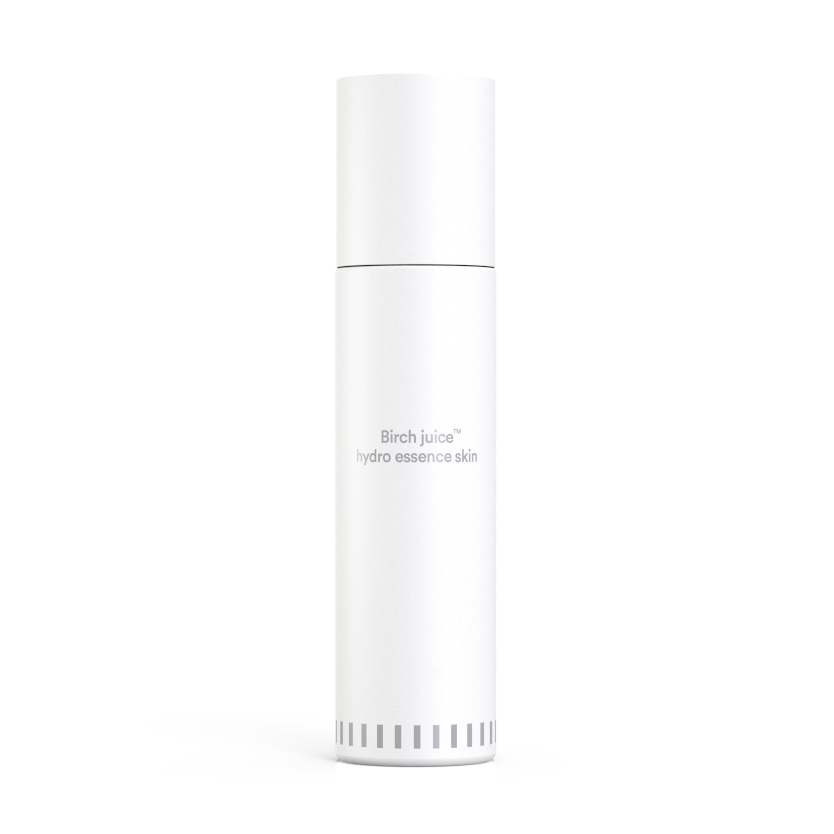Read the product review of ENature’s Birch Juice Hydro Essence Skin and see what made one beauty editor fall in love with a very specific skin care essence.
Essences are at the very core of Korean skin care. They come in all shapes and sizes, meaning essences can have different textures, from water-like, lightweight lotions to more “sticky” and viscous—almost like a thin gel. These formulas are highly concentrated with active ingredients that go deeper into the surface layer of the skin to nourish, hydrate, protect and prevent your skin from aging signs and even from environmental damage.
Essences are also known for prepping your skin for the rest of your skin care routine, allowing every product you apply after to be better absorbed into the skin. Woo! A lot of claims, right? That’s why even after having tried and used a good amount of products and essences I was still looking for the one. I wanted to feel and see these results but, as the anxious person I am, I wasn’t willing to wait several months or even years for them. That’s why after hearing Korean women raving about ENature’s Birch Juice Hydro Essence Skin and its amazing, fast results, I decided to give it a try, too.
The Star Ingredients
ENature is known for incorporating natural, innovative ingredients into its products and their Birch Juice Hydro Essence Skin is no exception. This very potent, lightweight essence is packed with 78% birch sap instead of water (a common filler in skincare products), which is a serious skin care nod to effective ingredients and results!
Birch juice is super-hydrating, has tons of antioxidants, and helps to brighten and improve skin texture. This star ingredient is also known for its abilities to mimic your skin’s natural moisturizing factor, which helps not only to retain moisture but to maintain a positive moisture-oil balance in the skin.
As if it wasn’t enough, this essence also carries chamomile and plantain seed extracts to soothe and reinvigorate your face. –Oh, and this one is for the ingredient-conscious folks: ENature’s Birch Juice Hydro Essence Skin is free of controversial ingredients such as animal ingredients, parabens, and mineral oils. Plus, it doesn’t have any artificial fragrances.
How To Use
You should use this (or any other) essence right after cleansing and toning your skin. You can apply it directly onto the skin by patting the formula gently onto your face or with a cotton pad (I like to use the sponge cotton pad that comes in the Klairs Toner Mate 2 in 1 Cotton Pad to make sure I don’t waste a drop of this product), and wipe across your face starting from the center of your nose and moving away towards your cheeks; then across your chin and your forehead (always starting from the center of your face).
First Impressions
It was love at first try. ENature’s Birch Juice Hydro Essence Skin is a liquid-type essence light enough to soak into your skin in a matter of seconds. Besides the lightweight texture, what got me hooked on this product right from the first time I used it is its super light, fresh (and natural!) fragrance. The citrusy smell is invigorating and relaxing at the same time.
After trying this essence for the first time, I immediately noticed that my skin felt refreshed, softer and definitely hydrated—not oily or sticky at all.
Results
It’s been over six weeks since I started using ENature’s Birch Juice Hydro Essence Skin (I use it twice a day, in the mornings and evenings) and I can say that my skin looks so much healthier! My complexion is smoother, clearer, even-toned, and brighter. I also believe this product worked pretty well with my skin care regimen to make my fine lines look less visible even during the cold and dry winter in NYC.
I also noticed I didn’t breakout from this essence, which is a huge bonus for someone who suffers from hormonal acne (??).
As the impatient woman I am ,I tell you that I will definitely continue to use this product and, even more: I can’t wait to see the benefits it will bring to my skin over time.
+ Share what products you’ve been testing lately in the comments below!















